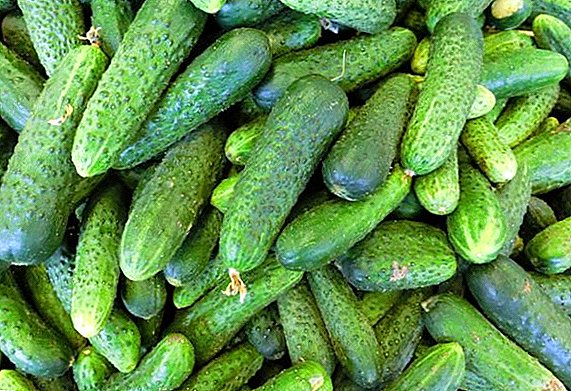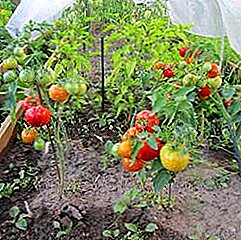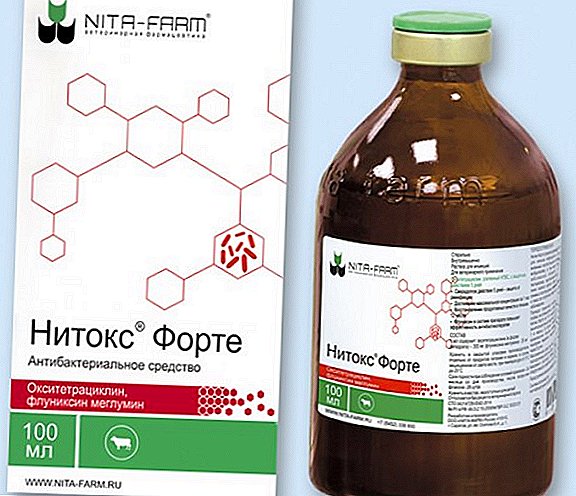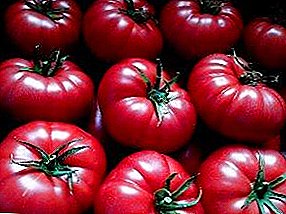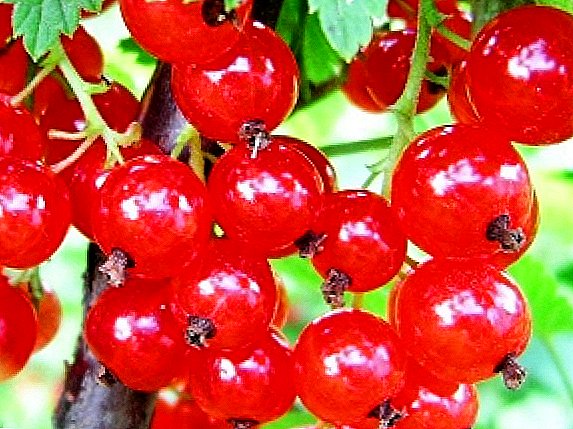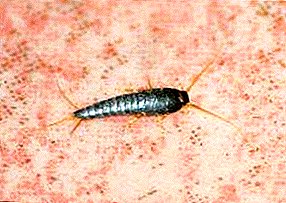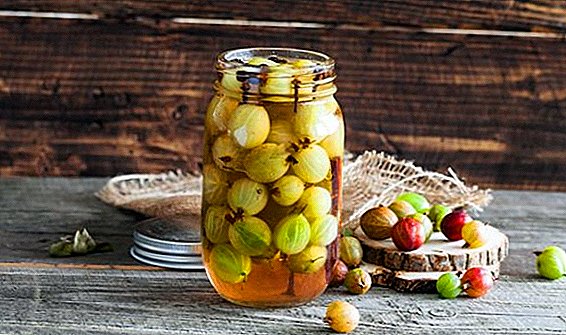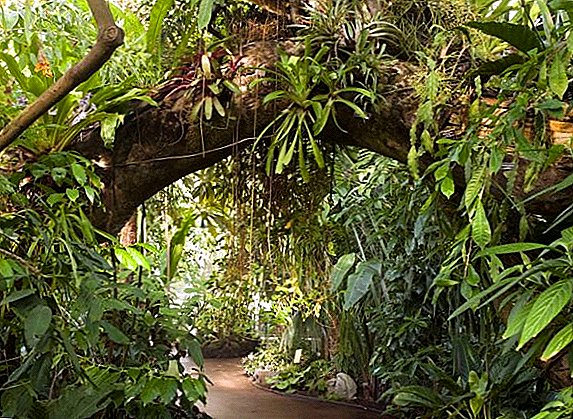 According to the scientific definition of epiphytes are those plants that spend their whole life or part of it without regard to the soil. At the same time, such species do not lead a parasitic lifestyle, but this type of living organisms receives all the nutrients from the environment.
According to the scientific definition of epiphytes are those plants that spend their whole life or part of it without regard to the soil. At the same time, such species do not lead a parasitic lifestyle, but this type of living organisms receives all the nutrients from the environment.
For most representatives of epiphytes, the natural habitat is a zone of tropics under lush multi-tiered forest plantations. An ideal microclimate for this group of plants forms in the shadow of the forest tropical cap. Therefore, it is not at all surprising that grassy forms prevail among them.
Most members of the group belong to wild species, but the average man in the street epiphytes are known as houseplants, among which only a few species are particularly popular.
Below we have to learn what epiphytes really are, their features and what are the difficulties of keeping them at home. 
Orchid
Orchid is one of the most popular epiphytes, which for many years has been successfully grown on a home window sill. The flower of a plant surprises not only with an abundance of bright colors, but with a rather complex structure. Home orchid is a fragile and graceful plant with a tender stalk, which gradually turns into an abundant inflorescence.
The variety of orchid species is striking - miltonia, Venerin slipper, ludisia, phalaenopsis, cymbidium, dendrobium, black orchid, bletilla, Wanda, tselogin.
 The main body of all orchids is considered to be breathing roots, damage to which can lead to the death of the plant. With the help of the roots, the flower manages to absorb moisture from the environment, which the orchid accumulates in its leaves and uses as needed.
The main body of all orchids is considered to be breathing roots, damage to which can lead to the death of the plant. With the help of the roots, the flower manages to absorb moisture from the environment, which the orchid accumulates in its leaves and uses as needed.Did you know? In some wild orchid species, insect nectar acts as a drug. As a result, the insect cannot get out of the flower for up to 40 minutes. In such an uncomplicated way, the flower “learned” to pollinate more efficiently in difficult conditions of the natural environment.Argued that growing orchids is quite difficult. In fact, flower care is quite easy, but there are Some features:
- After the flower shop, the orchid must first be kept for several weeks in a separate place in quarantine and only then placed next to other plants.
- It is important to choose the right lighting, orchids do not tolerate direct sunlight, from which they can die.
- Depending on the type, it is important to choose the right watering, but the most important rule is that orchids do not like moisture.
 Such simple, but rather important features make it possible not only to prolong the flowering of the room orchid at times, but also to ensure the longevity of the plant.
Such simple, but rather important features make it possible not only to prolong the flowering of the room orchid at times, but also to ensure the longevity of the plant.Did you know? According to many psychologists, the daily contemplation of the orchid flower helps to protect against seasonal depression.
Guzmania
Guzmania is one of the most vivid and unusual epiphytes, which many people associate with the symbol of "male longevity." Due to its unusual flower appearance, neither simple lovers, nor real collectors of rare species disdain.
In the wild, Guzmania prefers to settle on fertile soil in the shade of palm trees or other trees, climbing on their branches.
Did you know? Guzmania was named after the famous Spanish traveler and naturalist Anastasio Guzmán, who studied wild flora and fauna all his life.
 The flower is valuable for its bracts with a bright colorwhich varies from red and orange hues to burgundy. A surprising feature of the plant is its structure. The lower leaves of the flower are much larger than the upper ones, so a small jug appears here, in which the necessary moisture is collected.
The flower is valuable for its bracts with a bright colorwhich varies from red and orange hues to burgundy. A surprising feature of the plant is its structure. The lower leaves of the flower are much larger than the upper ones, so a small jug appears here, in which the necessary moisture is collected.In the care of guzmaniya unpretentious, the plant obeys the general rules of care for epiphytic species (orchid, etc.). But it will feel most comfortable on the windowsill in the west or east side.
Important! After the end of flowering, the guzmania must be cut off, after which young shoots will appear that need to be transplanted. Without this operation, it will be impossible to extend the existence of the purchased plant.Guzmania does not need special feeding, it is enough to plant a flower in the prepared substrate. Due to the fragility of the root system repotting is not recommendedif, however, an emergency has arisen, then this epiphyte is planted in a small pot.
Guzmania is an ideal choice for those florists who appreciate originality, brightness and unique homely atmosphere. 
Important! Guzmania is not a poisonous plant, but you need to care for it with caution. Flower juice has repeatedly caused the owners allergic manifestations on the skin and mucous membranes.
Schlumberger
Schlumbergera is familiar to all lovers of the elegant indoor botanical garden since childhood. This epiphyte is a vivid example of a plant that has gained universal love for exquisite species since those times when it was possible not to think about exclusivity and uniqueness.
Schlyumbergera gained its popularity due to its physiological characteristics. The bright flowering of this species has become valuable for compatriots, because the bright flower especially pleased our mothers and grandmothers in the cold season. Schlyumbergera starts to bloom most actively in December, therefore the popular name "Decembrist" was closely behind this species. In the wild, Schlumberger is found in the rain forests of Brazil and South America. In the shade of a forest hat, this species feels fine, settling in on the roots and branches of trees.
In the wild, Schlumberger is found in the rain forests of Brazil and South America. In the shade of a forest hat, this species feels fine, settling in on the roots and branches of trees.
This epiphyte is easily identified even by an inexperienced botanist due to the recognizable and abundant branching of the stem, consisting of articulate shoots, the top of which is decorated with a bright tubular flower with characteristic hanging stamens at the time of flowering.
There are many varieties of Schlumbergers, which are mostly distinguished by the color of the flower. Among them are white, peach, yellow, orange-red and even multicolor representatives.
Like most members of his group, Schlumbergera prefers a bright spacious place, without direct sunlight. Plant quite tolerant to temperaturethat helps him to feel and develop freely at a temperature range from +2 to +38 degrees, however, the optimum is within + 18 ... +30 ° C.
High humidity is one of the main conditions for the successful cultivation of Schlumbergers, so the flower must be frequently and abundantly watered and moistened, especially during the flowering period.
Important! In the autumn-winter period of time, it is necessary to pay special attention to humidification, since excessive dryness of the air can lead to dropping of buds.In the care of Schlumberberger rather undemanding view. During the growing season (from March to September), this species needs complex fertilizer and watering. In the period of preparation for flowering (from September to November), it is necessary to reduce watering of the flower, while maintaining the required amount. In preparation for flowering, an unheated balcony will be an ideal habitat for Schlumbergera.

Important! It is vitally important for the plant to spend some time at low air temperatures; this is the main guarantee of long and rich flowering.At the beginning of November, Schtumberger is brought into a warm room, after which this species blooms profusely until January. At this time it is important to water the epiphyte with potassium and phosphorus based fertilizer. After the end of flowering until the new period of intensive growth (from January to March), Schrumberberger is prepared for a new life cycle: old shoots are cut, a bush is formed, transplanted if necessary.
Ehmeya
This genus includes representatives whose natural habitat is in Central and South America. Echmea received its name due to the peculiar appearance of bracts, which resemble tips of peaks, which from the Greek sounds like "ehme."
In its natural habitat, Achmea can be found in tropical rainforests, it settles in the voids formed on the trunk of trees.  A distinctive feature of ehmey is their common structure. The leaves of the plant radially departing from the point of growth and form a kind of pitcher, where during the rain the moisture flows down the leaves and remains for a long period.
A distinctive feature of ehmey is their common structure. The leaves of the plant radially departing from the point of growth and form a kind of pitcher, where during the rain the moisture flows down the leaves and remains for a long period.
The root system of this representative epiphytic species is poorly developed. Roots serve only as an attachment device to the surface, since they are almost completely devoid of the ability to absorb nutrients from the substrate.
As a pet ehmeya unpretentious, but it is important to observe some rules for its successful cultivation. Plant is thermophilictherefore, the temperature of room air should be close to + 20 ... +23 degrees (especially during the flowering period).
Direct sunlight is detrimental to the flower, it is especially acute in the summer season. Ehmeya loves moisture, especially in summer in the heat, and absolutely does not tolerate its lack, but in winter it is necessary to reduce the number of waterings several times.  Fertilizer is also an important factor. All ehmei love potash fertilizers, which are recommended to be made exclusively in the summer. This epiphyte does not need frequent transplantation, but when the pot is completely filled with the roots of the plant, it is still recommended, exclusively in spring.
Fertilizer is also an important factor. All ehmei love potash fertilizers, which are recommended to be made exclusively in the summer. This epiphyte does not need frequent transplantation, but when the pot is completely filled with the roots of the plant, it is still recommended, exclusively in spring.
Platicerium
Platicerium is a species from the genus of ferns, whose natural habitat is the tropical latitudes of the coasts of Australia, Africa, South Asia and India.  This species is recognizable from afar, the middle of the platicerium resembles white cabbage, from which flat branched leaves, similar in shape to deer horns, depart. That is why this epiphytic species is popularly called the "antler" or "flathead".
This species is recognizable from afar, the middle of the platicerium resembles white cabbage, from which flat branched leaves, similar in shape to deer horns, depart. That is why this epiphytic species is popularly called the "antler" or "flathead".
The root system of all representatives is powerful and extensive. This helps the plant to firmly attach to the substrate. Platicerium is quite a big view.
A mature plant can reach 1 meter, but in artificial conditions a grower will be able to grow it no more than 40 cm in height. At home, to grow platicerium is quite difficult, this fern species requires increased attention, especially when watering and choosing a place for a pot.
This epiphytic fern loves light. It is especially important for him to get direct sunlight, so the flowerpot should stand on the sunniest window sill. The air temperature is also very important, it should be within + 23 degrees, but despite this, platiceriums can safely withstand a long time and 0, and + 40 degrees. 
Important! The leaves of the platicerium are strictly forbidden to wipe, as they contain ennobling hairs. Dusting should be done gently and only with a soft brush.All members of this genus are very fond of moisture and watering, the optimum humidity is 50%. Therefore, platicerium should be abundantly watered and humidified the room air, but the main thing is not to overdo it, since an excess of moisture will immediately affect it.
Vriesia
This is one of the most unusual, but at the same time, bright home flowers. Unlike other indoor plants, this species always looks unique, especially noticeable during the flowering period. All members of this genus belong to the herbaceous plants, the natural habitat of which are tropical forest areas of Central and South America.  Most of the fans of indoor flowers, this representative of the epiphytic group fell in love with the brightly colored bracts of red or orange shades. As a habitat, most varieces use a tree trunk or rock surface.
Most of the fans of indoor flowers, this representative of the epiphytic group fell in love with the brightly colored bracts of red or orange shades. As a habitat, most varieces use a tree trunk or rock surface.
The size of this home flower is small, in room conditions it will be possible to grow variegia no more than 35 cm in height. Vriesias begin to bloom in summer, but this process is directly depends on planting timethat knocks down the life cycles of a plant organism for several months.
Did you know? Stimulation of flowering vriezii carried out with ethylene gas. To do this, put a ripe fruit (preferably a banana or several apples) near the plant and cover it with a plastic bag.In the care of this plant is unpretentious, but you need to know a few secrets that will only contribute to the successful breeding of vriezii at home. This epiphyte is demanding above all to heat. Temperatures below +17 degrees have a detrimental effect on the flower, as well as a lack of moisture.
 Vriesia loves water, so it will be necessary here to take care not only of watering the substrate itself, but also of the humidity of the air. A prerequisite is the frequent wetting of the flower surface itself and especially the rosette. It is necessary to pour water into the outlet without any regrets, but at the same time divert it after a few hours.
Vriesia loves water, so it will be necessary here to take care not only of watering the substrate itself, but also of the humidity of the air. A prerequisite is the frequent wetting of the flower surface itself and especially the rosette. It is necessary to pour water into the outlet without any regrets, but at the same time divert it after a few hours.There is no preference to the substrate and fertilizer in vriezii, the main condition is rich soil and top dressing. Flower transplantation is done without special preferences.
Ripsalis
Rhipsalis is interesting to a home botanical garden not only as a representative of a group of epiphytes, but also as an ideal perennial succulent. Representatives of the genus can be safely called the most unusual cacti in the world, which instead of dry desert conquered the vast tropical rainforest of North and South America.  The plant has a branchy form, the stem consists of thin tubules that form a hanging round cap. In the natural environment ripsalis leads an extraterrestrial lifestyle, fastening itself to the trunk of trees. This helps protect the plant from excessive soil moisture.
The plant has a branchy form, the stem consists of thin tubules that form a hanging round cap. In the natural environment ripsalis leads an extraterrestrial lifestyle, fastening itself to the trunk of trees. This helps protect the plant from excessive soil moisture.
The plant blooms quite spectacularly, the stem is almost completely covered with small flowers from white to bright red shades.
Ripsalis does not need special home care, therefore this species has gained such popularity among fans of unusual exotic things. The flower is planted in a pot, which is customarily hung over the terrace. The ideal temperature for the successful cultivation of this epiphyte will be +15 degrees.
It is necessary to water moderately, however it is often necessary to moisten the "breathing" roots of ripsalis, especially in summer. Feed the epiphytic cactus with a simple mineral fertilizer and only during the period of active growth. Ripsalis transplant is performed as the stem grows, exclusively during the rest period.  Despite all the difficulties in the care and cultivation of epiphytes, this group of plants successfully conquered the windowsills of every second family. They attract a simple man in the street, primarily due to their unusual shape, bright flowering and other specific features. It is not so easy to grow epiphytes in everyday life, however, following our advice, this process will become a real pleasure, as a healthy plant will always thank the host for its bright flowering.
Despite all the difficulties in the care and cultivation of epiphytes, this group of plants successfully conquered the windowsills of every second family. They attract a simple man in the street, primarily due to their unusual shape, bright flowering and other specific features. It is not so easy to grow epiphytes in everyday life, however, following our advice, this process will become a real pleasure, as a healthy plant will always thank the host for its bright flowering.


